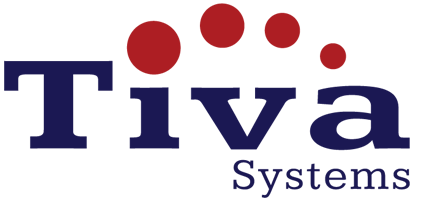LEAN
More or less, Lean says to tirelessly remove anything that isn’t including value and just work what we completely should do as of now in time. Disposing of waste means taking out futile gatherings, undertakings and documentation. Be that as it may, it likewise implies dispensing with time spent building what “we know” we’ll require later on (things are continually changing so we regularly wind up not requiring them – or in the event that we do, we need to revise them since conditions and our comprehension has changed by then). It additionally implies wiping out wasteful methods for working – like multitasking (huh!) – so we can operate faster.
Lean additionally puts an exceptionally solid accentuation on what it calls “the framework” – that is, the way the group works overall. We generally should take a look at our work from a top level to guarantee we’re enhancing for the entirety. For instance, numerous directors need to “upgrade” singular designers by guaranteeing they’re generally at 100% – however more often than not, this is in reality counter-gainful. How about we not have individuals coding something that isn’t required (or completely characterized yet) only for the sake of coding, since that really makes more work for us later on.
Thus, Lean says to regard that the people who doing the work are the ones that best know how to do it. Give them what they need to be successful and afterward trust them to do it. Software development is about adapting, so structure the work to guarantee we’re consistently learning. What’s more, therefore, concede choices until the last dependable minute (since we’ll know more by then). At last, create in a way that incorporates quality with our item, on the grounds that there’s no real way to ceaselessly convey quick on the off chance that we need to continue backpedaling to tidy up our wrecks.
Lean is about keeping things simple, to the point and building just what a customer needs — to put in layman’s terms.
